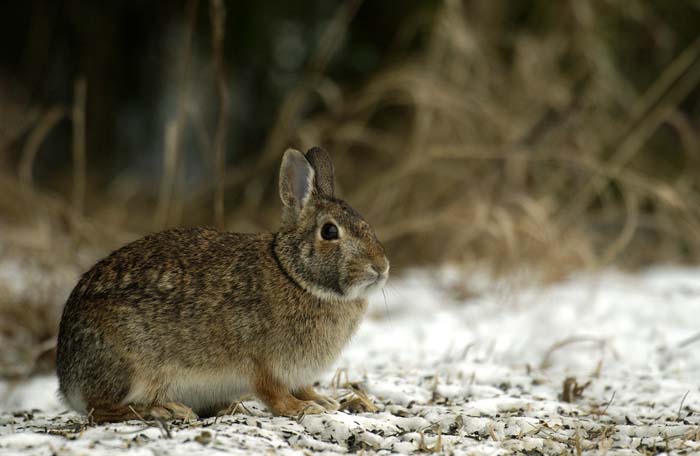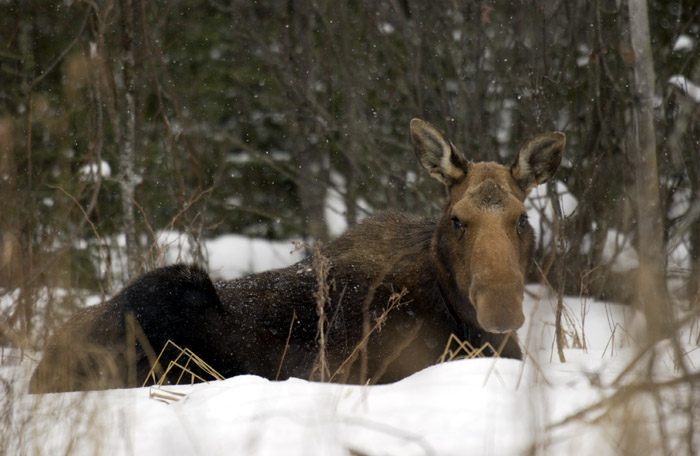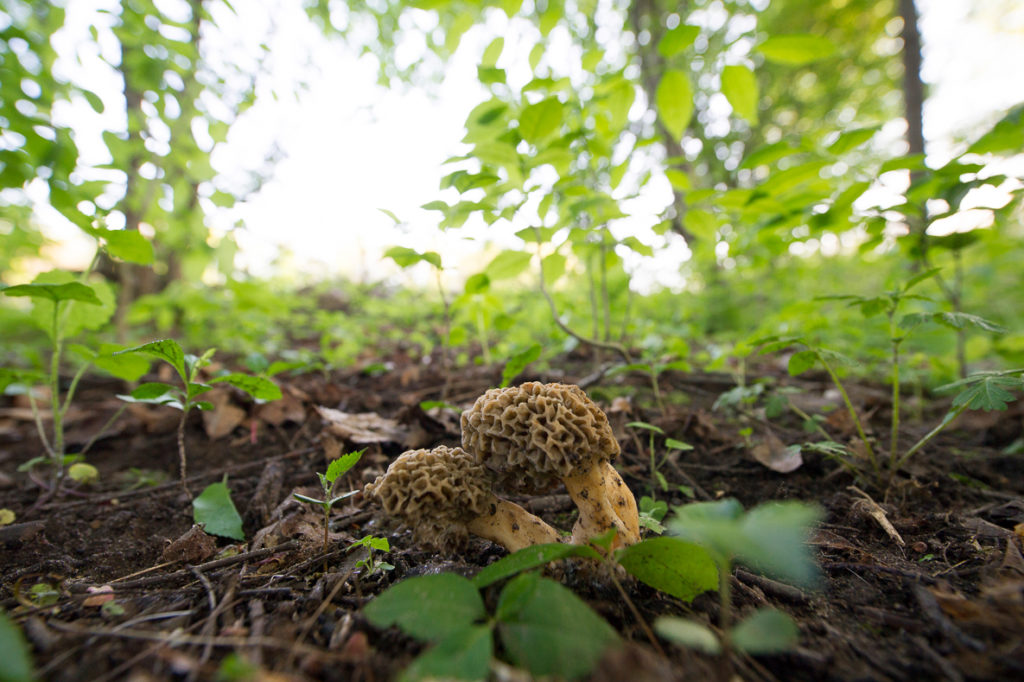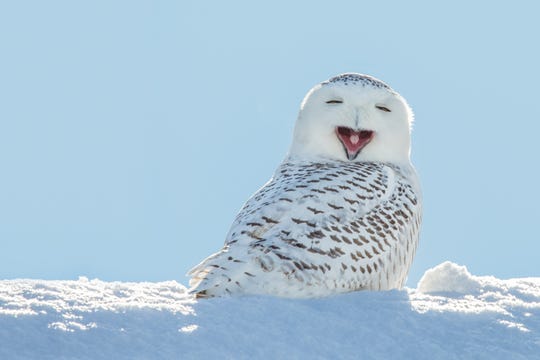Technically, winter doesn’t start for another few days … but try telling that to your brain.
Reduced daylight, plunging temperatures, growing snowdrifts — it’s the beginning of go-outside-only-when-you-have-to season for some Michigan humans.
The state’s wildlife doesn’t have it that easy. Our mammal, bird, reptile and insect populations must find ways to survive outside in all the bomb cyclones and polar vortexes headed our way over the next few months.
Luckily, they know what they’re doing.
“Michigan’s wildlife populations are incredibly suited to endure the long Michigan winters,” said Bill Cook, a forester/biologist for Michigan State University Extension. “Some of them hibernate, some migrate and many actually thrive in these cold months. There’s as much diversity in their adaptation styles as in the types of wildlife you can find here.”
Natural assistance
Humans pose a specific challenge to all that well-adapted wildlife. Human development can impact the quantity and quality of habitat available to wildlife. Habitat fragmentation — caused by roadways and neighborhoods — can disrupt wildlife’s ability to find the necessary resources, such as food and shelter, to survive the winter months.
That’s why the Michigan Department of Natural Resources spends time throughout the fall and winter to ensure that human interference remains minimal.
“Our efforts in general are to make sure our wildlife have plenty of habitat so they can thrive,” said Hannah Schauer, DNR wildlife communications coordinator. “In some cases, that means simply building brush piles that can be used by small animals like squirrels and rabbits for shelter, and by deer and elk for food.”

Funding the work
Because that habitat restoration work is meticulously planned, including mapping out regions of the state that are most affected by human development and organizing teams of professionals and volunteers to execute the manual labor required, it costs money to carry it all out. But those dollars don’t come from state taxes.
“Many people don’t realize that the majority of conservation work in Michigan is actually funded by hunting and fishing license dollars,” said Matt Pedigo, chair of the Michigan Wildlife Council. “That means the men and women who are out there using Michigan’s natural resources the most are also the ones making sure that our wildlife will continue to thrive each winter. And they’re also ensuring that our natural resources will continue to be enjoyed for generations to come.”
The Michigan Wildlife Council was founded in 2013 to increase public knowledge of the importance of wildlife management and conservation. It also shares the positive impact that hunting and fishing have on Michigan’s wildlife and natural resources.
“For example, the water level maintenance we do in state game areas can help frogs and turtles survive the winter, and that work is primarily funded through hunting and fishing license fees,” Schauer said. “That work is done to benefit game species, but it also ends up benefiting many nongame species as well. It’s all tied together.”
The big sleep
Perhaps one of the biggest misconceptions about wildlife in winter is that all animals hibernate. While many Michigan species have slower wintertime metabolisms, there are few true hibernators in the state, Cook said.
“Woodchucks, skunks, chipmunks, 13-lined ground squirrels and some types of bats are the only animals in Michigan that truly hibernate,” he said. “Hibernation is a pretty complex biological process. These animals are basically putting themselves into a coma.”
Hibernation is regulated by photoperiod, or the amount of daylight. Cook said that as days shorten and nights lengthen in late fall, a hibernating animal’s body gets signals to initiate a controlled drop in heart rate, breathing and digestion. An animal preparing for hibernation will typically seek out a protected shelter inside a tree, cave or underground where it can remain undisturbed for long periods of time and where the ambient temperature is slightly warmer than it is outdoors. This shelter is called a hibernaculum, and once the animal is settled in, it slows its metabolism to essentially zero.
“If the animal has successfully added enough fat, it will live off that until spring,” Cook said. “It’s very difficult to rouse a true hibernator. That’s the main difference between hibernators and animals like black bear that just fall into a period of dormancy.”
Cook said that these nonhibernators can be roused relatively easily — not that you’d want to.
“If you disturb a bear in its den in the winter, it won’t be happy,” Cook said. “Animals in winter have fewer food resources, so you’re actually putting a sleeping animal in danger for starving. It’s best to leave them alone at all times, but especially in winter.”

Snow fun
Because they’re cold-blooded, reptiles and amphibians can’t survive cold weather at all, so they either bury themselves in mud or go deep underground. Some species, such as the wood frog, can actually freeze solid, using a special “antifreeze” enzyme in their bodies to keep their vital organs intact. Most insects die before winter arrives but keep their eggs in winter-proof containers that ensure the next generation of flies, mosquitoes and beetles will survive.
And then there are the species that thrive in winter, such as the ruffed grouse, snowshoe hare and ermine, a small member of the weasel family.
“These types of animals are called chionophiles, which means ‘snow lovers,’” Cook said. “They do very well in winter. They know how to find food and they’ve figured out a way to keep themselves warm, so they can remain active all winter long. Michigan is like an entirely different world in winter.”
Some small mammals, such as voles and shrews, actually create their own ecosystem under all the snow. The area between the snow surface and the ground is called the subnivean zone, and these animals create tunnels that allow them to get from point A to point B without exposing themselves to the cold air — and to their potential predators, such as owls and foxes.
“Moose are also a cold-weather species,” Schauer said. “They’re true winter lovers. Their long legs help them get through deep snow. They’re well equipped for dealing with everything Michigan winters have to throw at them.”



